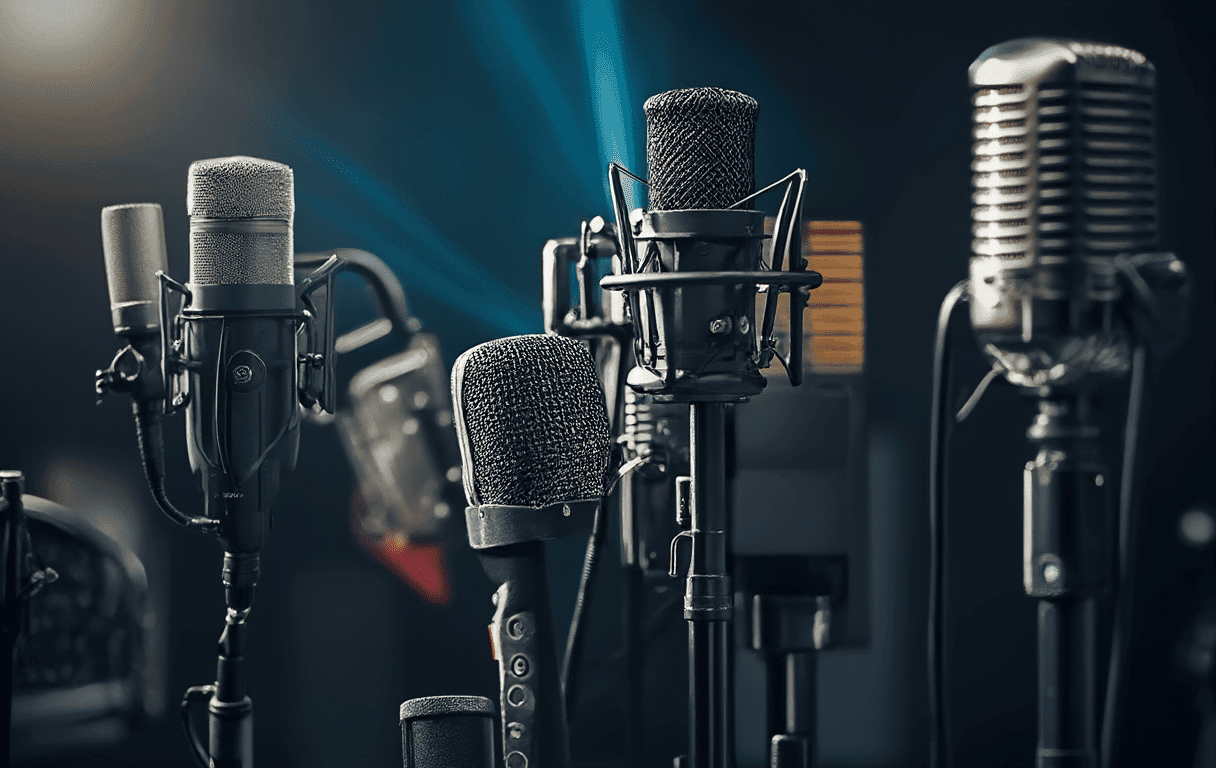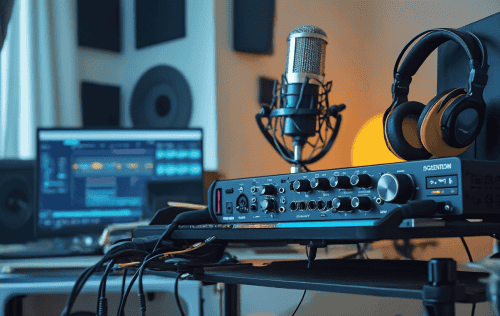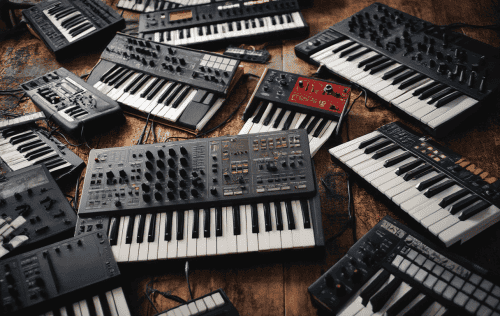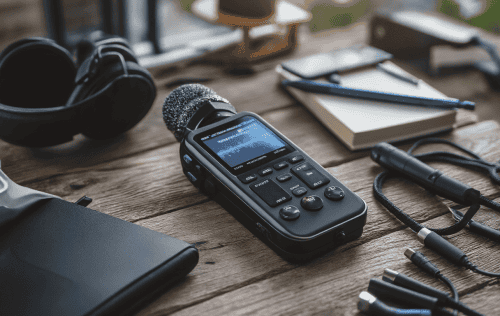Concerned about choosing a subpar stage microphone?
Quality is crucial for unforgettable performances.
Don’t settle for less.
Unlock superior sound clarity and durability here!
Inhaltsverzeichnis
Best Stage Microphones
- SUPERIOR FEEDBACK REJECTION: Clear and crisp sound even...
- RUGGED METAL CONSTRUCTION: Built to withstand the...
- WIDE FREQUENCY RESPONSE: Captures all the nuances and...
- HIGH SPL HANDLING CAPABILITY: Captures powerful vocals...
- Support a variety of devices: fully support a variety...
- Widely used: suitable for professional KTV, stage...
- This product uses a magnetic switch to effectively...
- Easy to connect and use with included single male XLR...
- ROFESSIONAL XLR PERFORMANCE: Engineered for serious...
- SUPERIOR SOUND CLARITY: Experience brilliant and...
- BUILT TO LAST ON STAGE: Its ultra-rugged metal...
- REDUCED NOISE & FEEDBACK: The cardioid pickup pattern...
- EXEPTIONAL VOCAL PERFORMANCE - The SM58-LCE delivers...
- INDUSTRY STANDARD - The first choice for performers...
- CLARITY & CARE - The uniform cardioid polar pattern...
- LEAVE BACKGROUND NOISE BEHIND - The SM58 has a...
- 16.5ft XLR to 1/4 in Cable: Allowing the karaoke...
- Built to Last: The all-metal construction of this...
- Wide Compatibility: This versatile xlr microphone...
- Smooth ON/OFF Switch: An external switch provides...
Checklist: What makes a great Stage Microphones
- Sound Quality: Look for stage microphones that deliver clear and natural sound with minimal distortion, ensuring vocals and instruments are projected accurately during live performances. A good frequency response will capture the nuances of music on stage, akin to the precise sound you desire in digital pianos.
- Durability: Choose microphones that are robust and made from high-quality materials to withstand the rigours of live performances. They should be able to survive impacts and frequent handling without compromising on sound quality, much like reliable wireless guitar systems do.
- Sensitivity: A microphone with the right sensitivity will capture the desired sound while minimising unwanted noise. This is crucial for stage environments where background noise can affect overall music clarity, similar to the need in audio interfaces for precise sound capture.
- Feedback Rejection: Opt for stage microphones equipped with technology to reduce feedback, which is essential during live music performances. This ensures the performer can deliver their best without distractions from feedback loops.
- Polar Pattern: Consider the polar pattern that suits your performance needs, whether it’s cardioid, supercardioid, or omnidirectional. This determines how well the microphone isolates the sound source from other stage noises.
FAQ
What should I look for in a stage microphone for live performances?
Prioritise sound quality, durability, and feedback rejection. Ensure the microphone has good sensitivity and an appropriate polar pattern to suit your performance needs.
Why is durability important in a stage microphone?
Durability ensures the microphone withstands impacts and frequent handling during live performances without compromising sound quality, maintaining its functionality and longevity.
How does the polar pattern of a stage microphone affect sound isolation?
The polar pattern determines how well the microphone isolates the sound source. Choose cardioid, supercardioid, or omnidirectional based on your performance environment to manage stage noise effectively.










